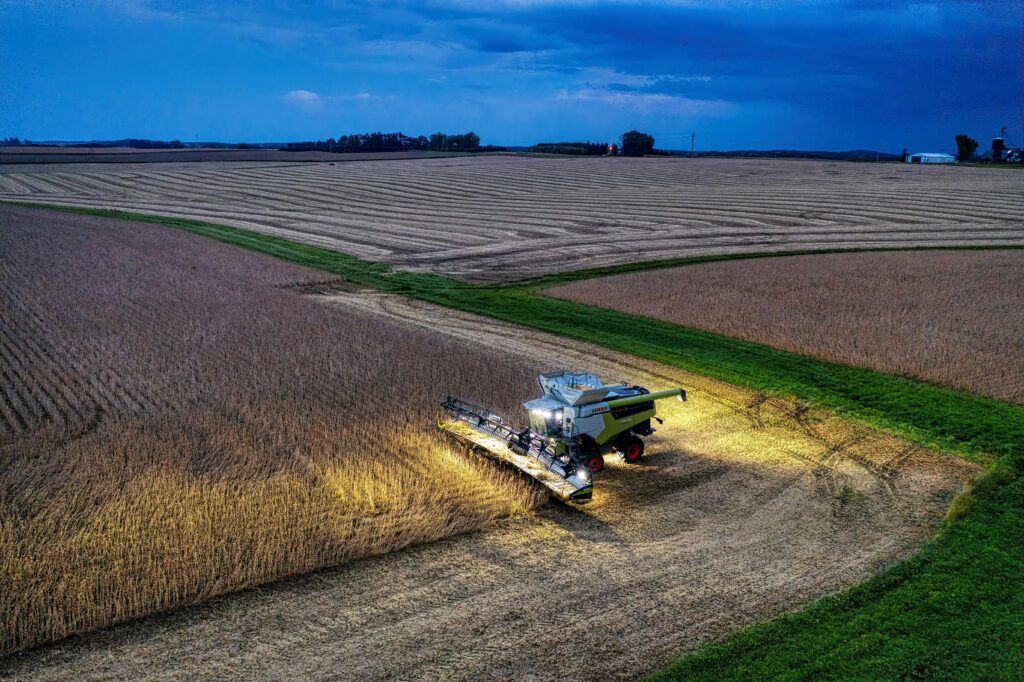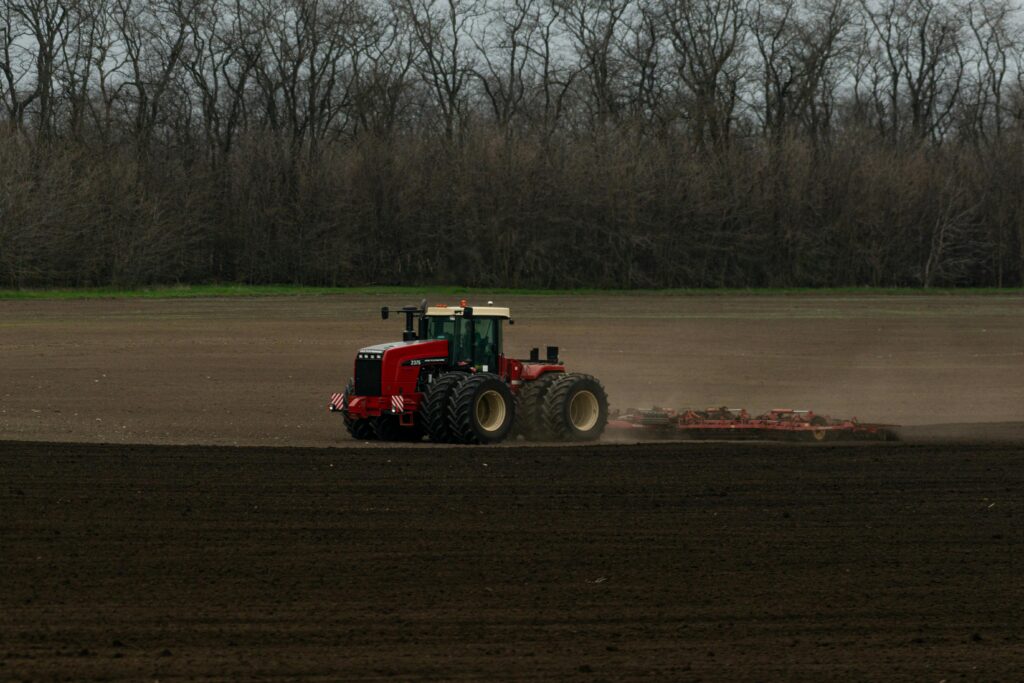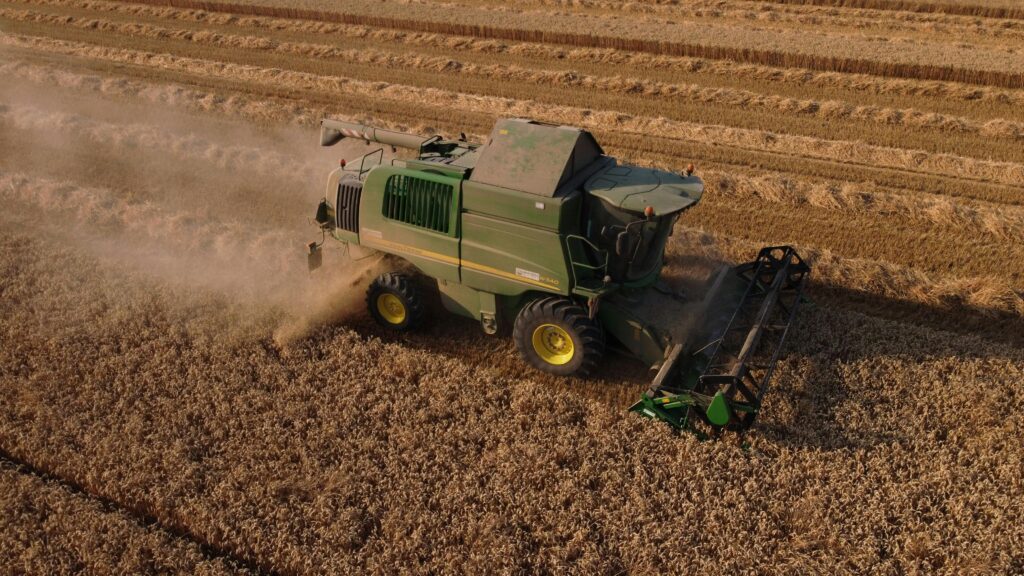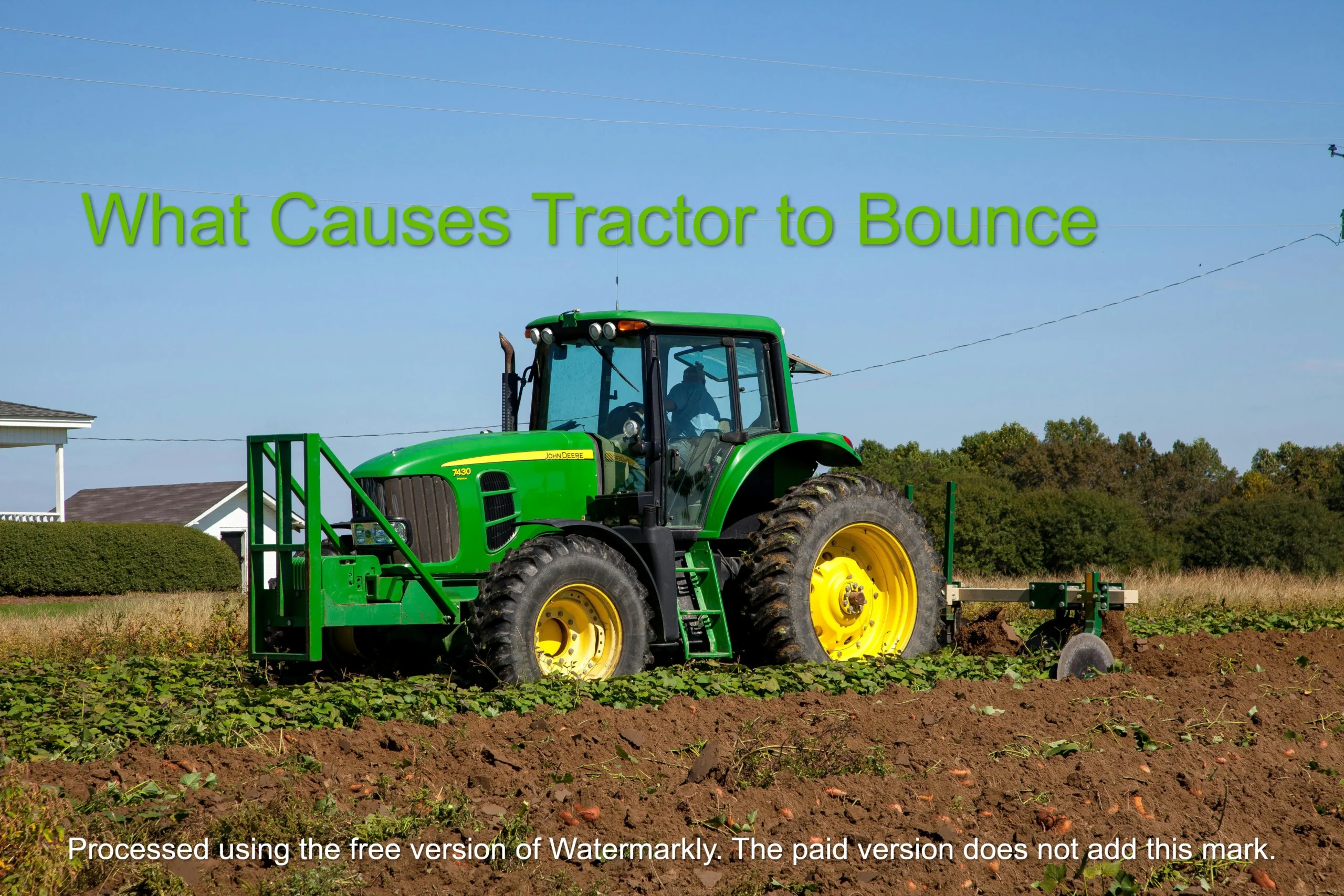Introduction
A tractor’s suspension is designed to provide a smooth ride across uneven terrain. However, excessive bounce can occur when the suspension is worn out or improperly calibrated. Bounce can also be caused by operational factors like high speeds, heavy loads, and improper tire inflation. Constant bounce subjects the operator to jarring forces and can reduce control and safety.
Understanding the root causes of tractor bounce is the first step toward solving the problem. In this guide, we’ll cover the following topics:
- The suspension system and how it works
- Common suspension problems that cause bounce
- Operational factors that contribute to bounce
- Steps to properly diagnose the bounce issue
- Suspension maintenance and repairs
- Adjustments and best practices for smooth operation
Properly diagnosing and addressing bounce issues is important for the productivity, safety, and comfort of your tractor operation. Let’s get started understanding the factors that cause annoying tractor bounce.

The Tractor Suspension System
Tractors are equipped with suspension systems to provide a smoother ride over uneven terrain. Without suspension, tractors would bounce wildly across fields and haul roads. There are two main types of suspension used on tractors:
Mechanical Suspension
Most older model tractors have a mechanical suspension system. This uses coil springs and shock absorbers at each wheel station. The springs absorb the force from bumps, and the shocks dampen the oscillations.
Key components include:
- Coil springs – Provide a cushioning effect to absorb bump forces
- Shock absorbers – Contain fluid and valves to dampen spring oscillations
- Linkages – Connect the axles, wheels, springs, and frame
Hydraulic/Pneumatic Suspension
Newer high-end tractors often have hydraulic or pneumatic suspension. This allows the suspension to be self-leveling and adjustable.
Key components include:
- Cylinders – Filled with a fluid or air system to absorb shocks
- Compressor – Maintains pressure in the cylinders
- Leveling Valves – Adjust pressure to keep the chassis level
- Accumulators – Store fluid or air under pressure
The suspension is crucial for smoothing out bumps, but problems can arise over time. Next, we’ll look at common issues that can allow excessive bounce.

Suspension Problems That Cause Bounce
There are a variety of suspension system problems that can lead to bounce issues:
Weak or Damaged Springs
The suspension’s springs provide the cushioning that absorbs bumps. Over years of service, springs may sag or even crack and break. Weakened or damaged springs allow more chassis movement when hitting bumps.
Oil Leaks in Shock Absorbers
Shock absorbers contain hydraulic fluid to dampen oscillations. If seals wear out, the units can leak and lose their damping capacity. Insufficient damping allows more bouncing after hitting bumps.
Low Pressure in Pneumatic Systems
Pneumatic or air suspension relies on maintaining pressure. If air leaks or the compressor fails, pressure drops and allows more suspension travel over bumps.
Loose Linkages
The mechanical linkages connecting the wheels and axles can wear and loosen over time. Excessive play in the linkages can lead to bottoming out the suspension over bumps.
Bent Axles
Axles that are bent or warped can alter the suspension geometry and create imbalance. This imbalance allows more suspension movement and bounce.
These are some of the most common suspension issues that can create excessive bounce. Identifying worn components through inspection and maintenance is key. Next we’ll cover operational factors that also affect bounce.

Operational Factors That Contribute to Bounce
Even with properly maintained suspension, excessive tractor bounce can also be caused by how the vehicle is operated:
High Travel Speeds
Higher speeds add more force when hitting bumps. Fast traversal of a rough field puts more energy into the suspension system and can cause exaggerated bounce.
Heavy Implements or Loads
The extra weight of heavy implements like tillage tools or loaded wagons adds leverage on the suspension when hitting bumps. The increased forces make the tractor more likely to bounce.
Low Tire Pressures
Partially deflated tires provide less damping compared to properly inflated tires. Low pressures allow more rapid suspension movements over bumps.
Ballast Imbalance
Using incorrect ballasting setups can alter weight distribution and suspension geometry. Too much or too little ballast causes imbalance and bounce.
Riding and Turning on Hills
Sloped terrain already angles the tractor and puts more load on one side. Riding and turning on hills can exaggerate bounce.
Careful operation is required to prevent a bouncy ride, even with good suspension maintenance. Next we’ll cover diagnosing bounce issues.
Steps to Properly Diagnose the Bounce Issue
Pinpointing the root cause of excessive tractor bounce requires methodical diagnosis:
1. Inspect Suspension Components
Look for damage, leaks, looseness, and wear in the springs, shocks, linkages, cylinders, and accumulators. Replace any severely worn parts.
2. Check Suspension Pressure/Leaks
For pneumatic or hydraulic suspension, verify proper pressure. Leak checks can identify loose fittings or damaged hoses.
3. Review Maintenance History
Check service records for any suspension repairs. Components may be worn if routine maintenance was missed.
4. Measure Ride Height
With the tractor unloaded, measure the ride height at each wheel. Uneven ride height indicates worn or sagging springs.
5. Perform Bounce Tests
Drive the tractor over bumps at different speeds with loaded and unloaded implements to observe bounce behavior. Have an assistant watch the wheels and chassis.
6. Inspect Axles
Jack the front end and check the axles with a dial indicator for any warped or bent sections.
7. Adjust Tire Pressure
Correct any low tire pressures to proper inflation specs. Test ride again for changes in bounce behavior.
Thorough inspection and bounce testing will help isolate the factors allowing excessive suspension travel and bouncing. Next we’ll go over repair and maintenance options.
Suspension Maintenance and Repairs
Once the sources of bounce are identified, the suspension may need servicing:
- Replace Weak Springs – Sagging or broken springs should be replaced with OEM springs that match the tractor’s specifications.
- Replace Shock Absorbers – Leaking or worn shocks can be replaced with new or rebuilt units. Match dampening specs to the tractor model.
- Repair Hydraulic/Pneumatic Systems – Find and correct leaks. Replace damaged cylinders, valves, accumulators or lines as needed.
- Tighten Linkages – Inspect pivot points for wear and tighten any loose joints. Replace excessively worn parts.
- Straighten Axles – Bent axles may be repairable by a machine shop. Badly warped axles will need replacement.
- Perform Wheel Alignments – Align the wheels properly after suspension and axle repairs.
- Lubricate Components – Keep all springs, shocks, pivot points, and slides well greased.
Proper repairs will get the suspension back to operating smoothly and reduce bounce. Next we’ll go over operational adjustments.

Adjustments and Best Practices for Smooth Operation
A well-maintained suspension system still requires careful operation:
- Reduce ground speed over very rough terrain to minimize bounce forces.
- Use implement weights and ballast to prevent excess bounce from heavy loads.
- Inflate tires to the recommended pressures for field conditions and implement loads.
- Drive straight up and down slopes without turning whenever possible. Use care when turning.
- Inspect fields and remove obstacles like rocks and stumps to reduce harsh bumps.
- Travel slowly and lift implements over severe ruts, ditches, and washouts.
- Adjust implement settings to reduce ground impact in hard or cloddy soil conditions when possible.
- Consider installing tire chains or floats to reduce bouncing through soft or tilled soils.
- Use care when crossing terraces, levees, and other abrupt changes in ground height.
With vigilance and proper operational habits, tractor operators can minimize bounce, even across rough terrain.
Conclusion
Excessive tractor bounce negatively impacts performance, safety, and operator comfort. By understanding the suspension system components and common failure points, operators can better diagnose issues. Performing regular inspections and maintenance provides the first line of defense against the development of bounce problems.
Careful operation is also required to prevent undue forces on the suspension. Smoother is faster when it comes to operating over rough fields. Reducing speeds, managing loads, and driving responsibly all contribute to a smoother ride.
Repairing worn suspension components and following best practices can help eliminate annoying tractor bouncing. A properly functioning suspension system cushions the ride and allows the operator to maintain control for maximum productivity across all terrain types. Regular maintenance and proper operation habits keep tractors running smoothly for the long haul.
Frequently Asked Questions
- Why does my tractor bounce so much?
There are a few common reasons tractors can develop a bouncy ride:
- Worn suspension components like weak springs and leaky shock absorbers
- Low tire pressures
- Heavy implement loads
- High travel speeds across rough terrain
- Loose suspension linkages
- Bent axles altering suspension geometry
- How can I tell if my tractor’s suspension is worn out?
Check for visible damage and leaks in springs, shocks and cylinders. Measure ride height at each corner to identify sagging springs. Drive over bumps and observe for excessive bounce compared to normal operation when new. Have an assistant watch for uneven bouncing. Any issues indicate worn components.
- What is the proper way to diagnose a tractor bounce problem?
Start by inspecting all suspension components for leaks, damage and looseness. Measure ride height and test drive over bumps to characterize bounce behavior. Check tire pressures. Inspect front axle for any warping. Methodically go through each system to isolate the specific issue causing excessive bounce.
- How do I fix a leak in my tractor’s hydraulic suspension?
Start by cleaning the cylinders and hoses to locate the specific leak point. Look for wetness, oil residue and visible drips. Tighten any loose fittings. Replace damaged hoses and seals/washers as needed. Use hydraulic sealers on very small leaks. Top off fluid level after repairs. Verify proper system pressure.
- What maintenance helps reduce tractor bounce?
Frequent lubrication of suspension pivot points and slides keeps things operating smoothly. Inspecting and tightening loose linkages prevents excess play. Aligning the wheels properly after suspension work reduces imbalance. Keeping tires inflated prevents bounce-inducing low pressures. Replacing worn parts before failure restores cushioning.
